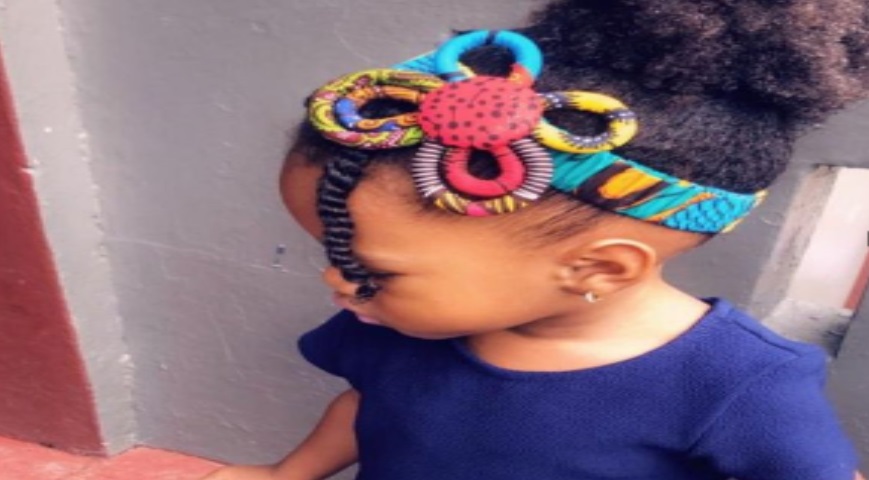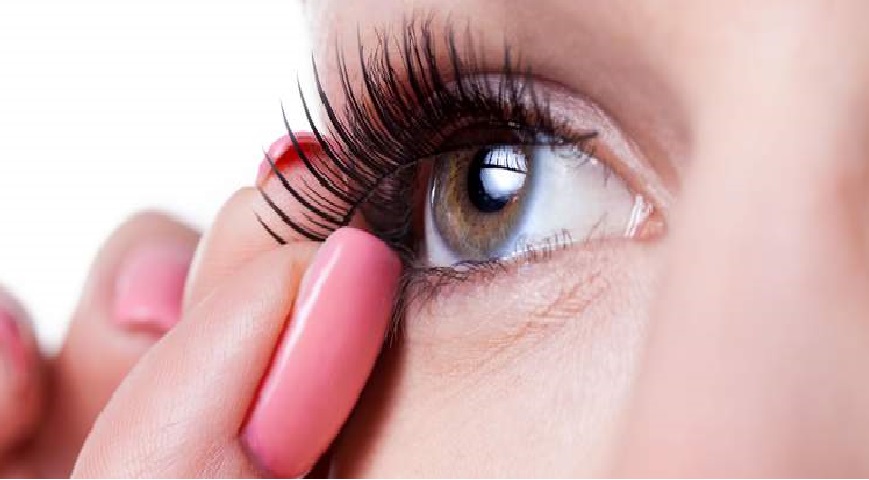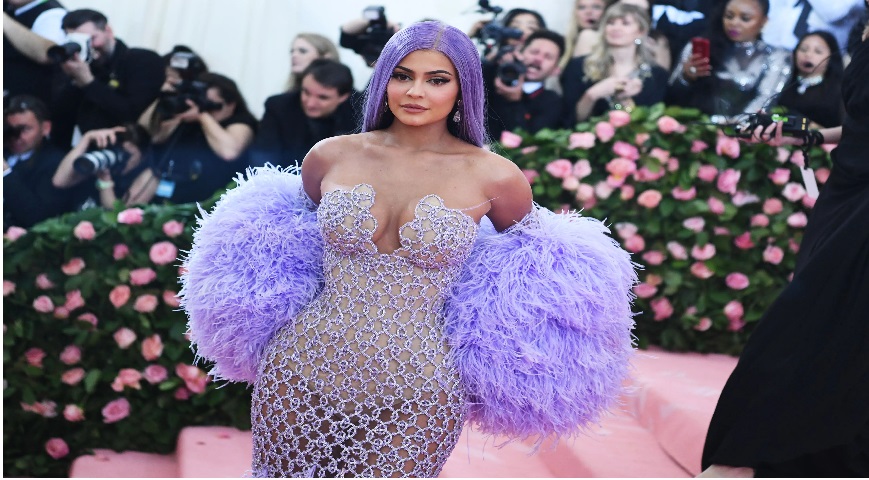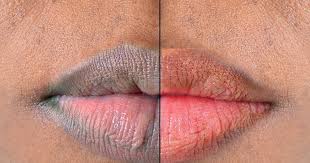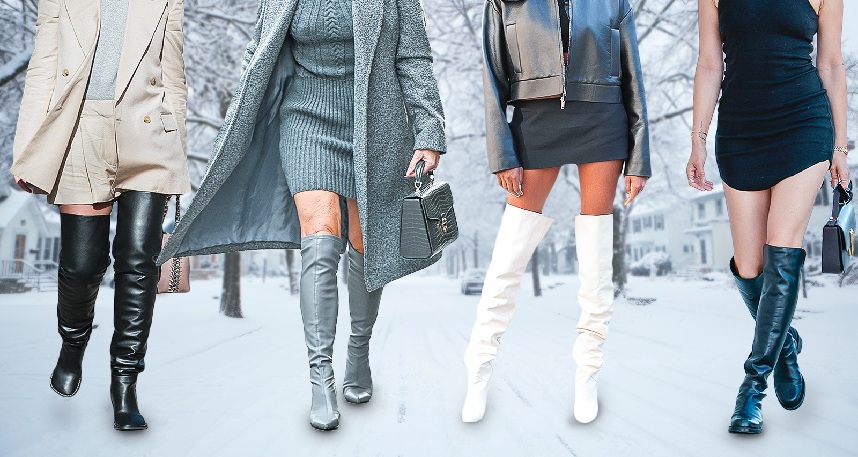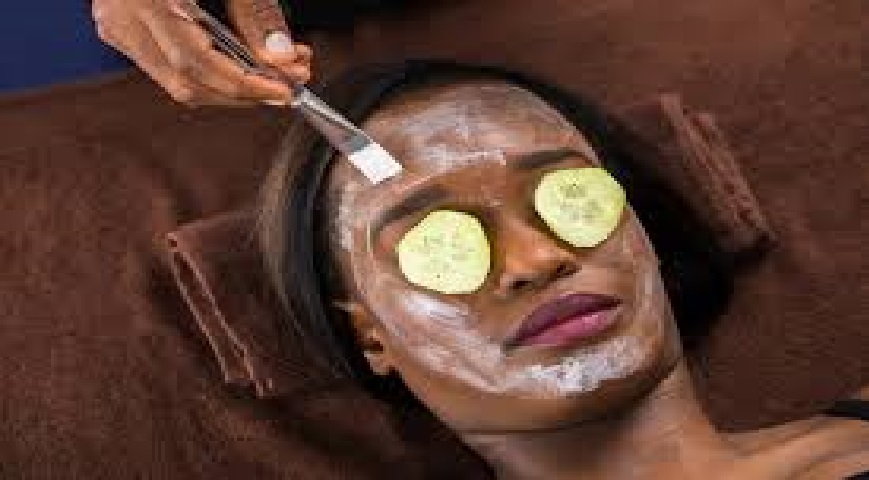Ensure that your child's wardrobe includes a beanie, cap, headband, or hat. Why? This not only enhances your child's outfit but also allows them to make a style statement. Here's a comprehensive guide on how to coordinate your children's headwear with every outfit.
1. Color Coordination Is Essential
First, think about the color scheme your youngster is wearing. Choose headwear in hues that contrast with or go well with the main colors of their ensemble. You can experiment with bold and colorful headwear if the ensemble is primarily neutral. To avoid overpowering the entire ensemble, consider headwear in a more subdued or complementary tone if the clothing is already vivid. Combining complementary hues results in a polished and harmonious look.
2. Combine and Contrast Patterns
Always mix and match in your child's headgear and clothes. A headpiece with a pattern can give your child's solid-colored costume a fun and lively touch. On the other hand, if their clothing has patterns, go for a more muted or solid-colored headpiece to keep everything in proportion and looking well-put together. With the appropriate headpiece, stripes, polka dots, and flowers may all be elegantly combined to create a fun look.
Did you read this?
3. Think About the Present Event
Make sure the headgear you choose is appropriate for the occasion. A sun hat can be perfect for a day at the beach, but a stylish beanie might keep your child toasty in the winter.
Make sure your child is both comfortable and stylish by matching the headgear's usefulness to the occasion. More ornate headwear may be appropriate for special events. Examples include a cheerful holiday hat or a beautiful bow headband for a birthday celebration.
4. Sensitivity to Seasons
When choosing headwear for your child, consider the season. In the summer months, a wide-brimmed hat or a cap with a visor can offer much-needed sun protection; in the winter, a warm beanie or earmuff-style headwear is perfect. Wearing a headpiece that is suited for the season makes your child feel more comfortable and adds to the overall look of their ensemble, making them look put together and prepared for any weather.
5. Accessorize in Style
Add a few accessories to your child's ensemble to make it seem better overall. Think about wearing headgear with ribbons, flowers, or other embellishments that go with their outfit. A fashionable headband or a charming clip can liven up their hairdo and make the whole look better. To maintain a balanced and age-appropriate style, select one or two focal elements rather than overcrowding the ensemble with accessories.
6. Customize Using Your Favorite Characters
Add a little bit of your child's individuality to their look with headwear that features their favorite characters or themes. A cap or hat expressing their interests and hobbies, or a cap embroidered with their favorite animated characters, a personalized headpiece brings a fun and unique element to their ensemble. This lets your kids express themselves through their style choices and makes dressing up more enjoyable for them.
7. Play Around with Different Styles
Allow your child to try on several clothes and see what makes them feel the most confident and at ease. This strategy makes sure that as kids mature, their sense of style changes and adapts. Consider beanies to headbands, baseball caps to floppy hats and style them in a variety of ways.
To make sure your kids' headwear matches every ensemble, you need to pay close attention to color coordination, pattern mixing, adapting for specific occasions and seasons, stylish accessorizing, adding special touches with beloved characters, and trying out various looks. By following these guidelines, you will help your child develop a better sense of style as well as a creative spirit and confidence in expressing their own likes. It's true that kids' clothes should showcase the zeal and energy that originate from within.

